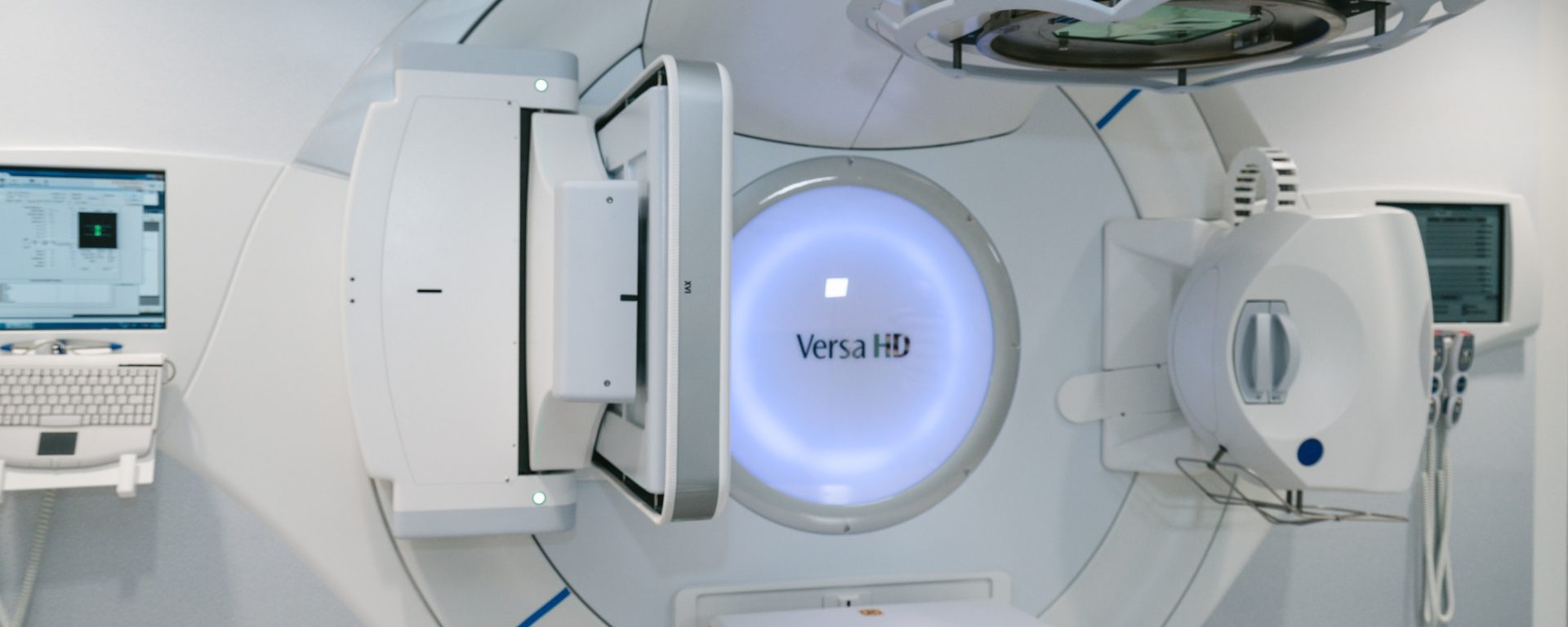In 2014, Loorents, et. al., conducted study about Radiotherapy-induced trismus (RTIT). RTIT is a debilitating condition that affects patients undergoing radiation treatment for head and neck cancer (HNC). Currently, there is no proven effective treatment for RTIT. This study aimed to evaluate the effectiveness of prophylactic training using the TheraBite® Jaw Motion Rehabilitation System™ in preventing RTIT during and up to 12 months after completing radiotherapy. The study also investigated the incidence of RTIT among HNC patients.
Sixty-six consecutive HNC patients from two radiotherapy clinics in Sweden were enrolled in this randomized study. The participants were divided into two groups: one receiving prophylactic training using the TheraBite® system and the other serving as a control group. The maximum interincisal opening (MIO) was measured at baseline and then once a week during treatment, as well as at three, six, and 12 months after completing radiotherapy. The training frequency was documented by patients in a logbook.
No significant differences in MIO were observed between the intervention and control groups at any of the measurement points. Both groups maintained their normal variation in MIO at 12 months after completing radiotherapy. However, a small subset of patients in the control group experienced a mean decrease of 17% in MIO by week 6 compared to baseline. These patients were able to improve their MIO by utilizing the training program. Statistically significant mean differences in MIO were found from baseline to week 6 (3 mm, p = 0.018) and month 6 (2.7 mm, p = 0.040) for patients receiving 3D conformal radiotherapy. Additionally, a significant difference in MIO was observed at 12 months between patients treated with radiotherapy alone and those receiving concurrent chemotherapy (p = 0.033).
Based on the findings, it appears that patients with HNC undergoing high-dose radiotherapy may not require an intensive prophylactic training program during treatment and up to 12 months afterward. However, it is recommended to monitor MIO measurements during radiotherapy and the subsequent 12 months to identify a small risk group of patients who may benefit from a training program. This study sheds light on the limited effectiveness of prophylactic training in preventing RTIT and emphasizes the need for further research to explore alternative approaches to managing this debilitating condition.
Reference: Loorents, V., Rosell, J., Karlsson, C., Lidbäck, M., Hultman, K., & Börjeson, S. (2014). Prophylactic training for the prevention of radiotherapy-induced trismus–a randomised study. Acta Oncologica, 53(4), 530-538.
